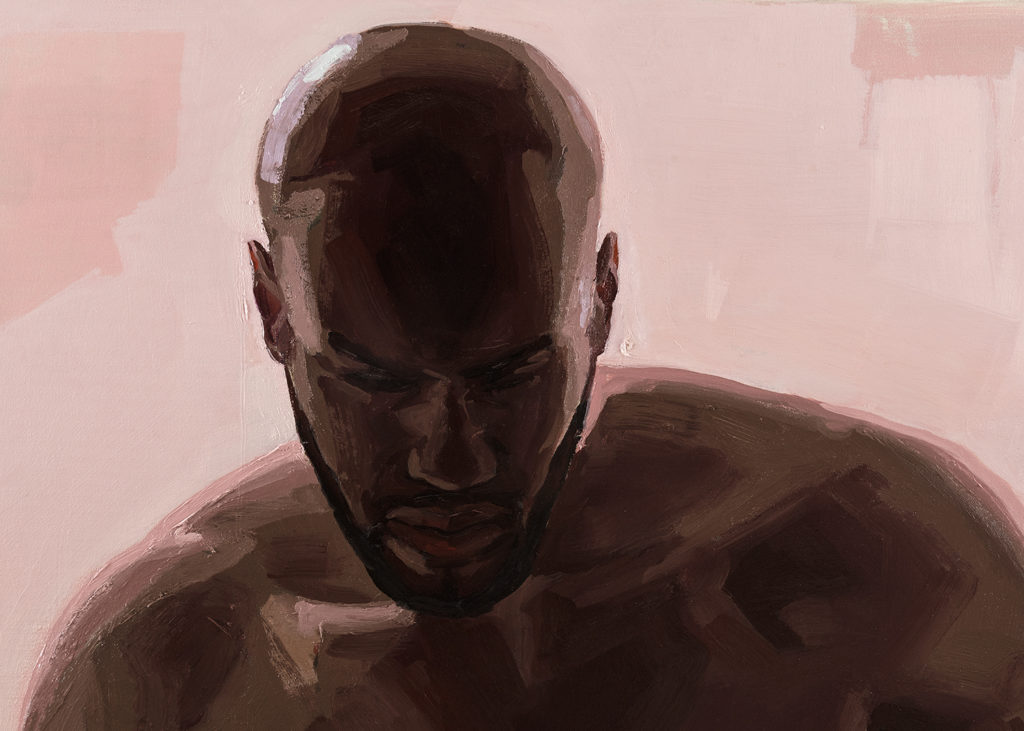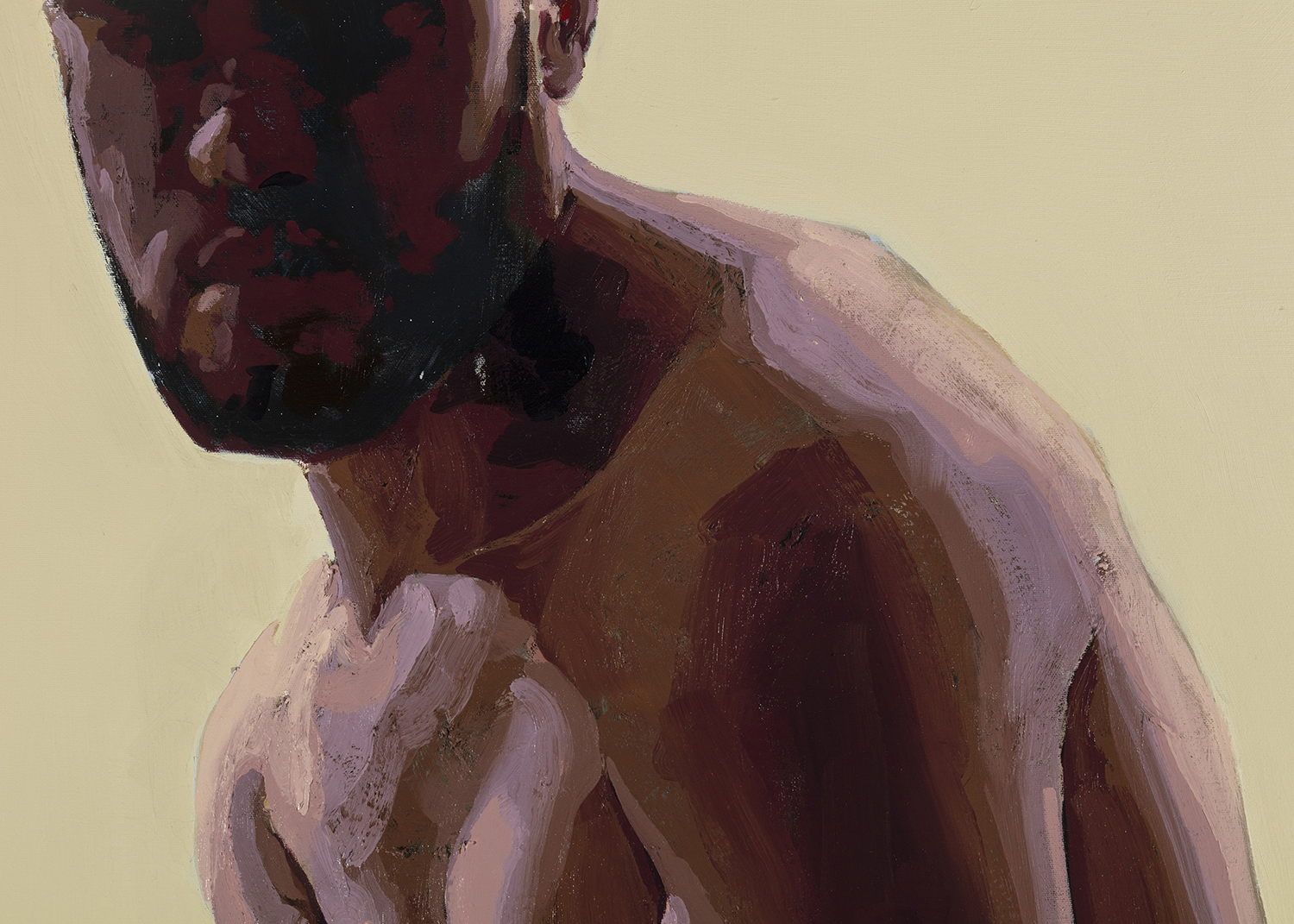BY KYLE COHLMIA
September 9 – October 10, 2019
PANEL DISCUSSION: Wednesday, September 11, 5:30pm – 6:30pm
OPENING RECEPTION: Thursday, September 12, 5:30pm – 7:30pm
Melton Gallery, University of Central Oklahoma
100 N. University Dr
Edmond, OK 73034
Reshaping Conventions is a semester-long symposium on race, gender, and identity, that exhibits black representation through modern depictions and visual media installation. Imperfect Exchange is one of two featured exhibitions and lectures by artists Patrick Earl Hammie and Le’Andra LeSeur. Hammie and LeSeur breach canon and stereotypes to express their individuality and humanity, and shift social consciousness. Through this symposium viewers are invited to experience these artists’ perspectives, and examine the ways conventions have shaped and continuously reshape personal and collective narratives.
The symposium will include the panel discussion “African American Mobility in Higher Education.” Panelists include: Lawrence Murray PhD., Langston University; Steven Collins PhD., Oklahoma State University; Patrick Earl Hammie, University of Illinois at Urbana-Champaign; moderated by Jeanetta Sims PhD., Dean, Jackson College of Graduate Studies, UCO.

Patrick Earl Hammie “examines past and present African-American experiences, thinking through themes related to cultural identity, narrative, and the body in visual culture.” Hammie’s dynamic, monumental portraits invite viewers to reconsider what we inherit and how we form values around notions of gender, race, and representation today. Through Equivalent Exchange and Imperfect Colossi, Hammie deploys his own “un-idealized black body” across the two projects, rendering the “tensions between feeling and knowledge, power and violence, vulnerability and tenderness,” and “moving the figure from objecthood to subjecthood.”
Le’Andra LeSeur, a new media, installation and performance artist, “is concerned with the spectacle that has ensued as a reaction to black joy and trauma, and how this has further created generalizations of what blackness truly is.” She describes her installation brown, carmine, and blue, as “a reflection of my undying quest to break down power constructs that have continuously ostracized the very things that I identify with: blackness, queerness, and my femininity.” LeSeur reworks common art forms and mundane objects, “reshaping the context of spaces where the lives of the oppressed are both silenced and celebrated.”

